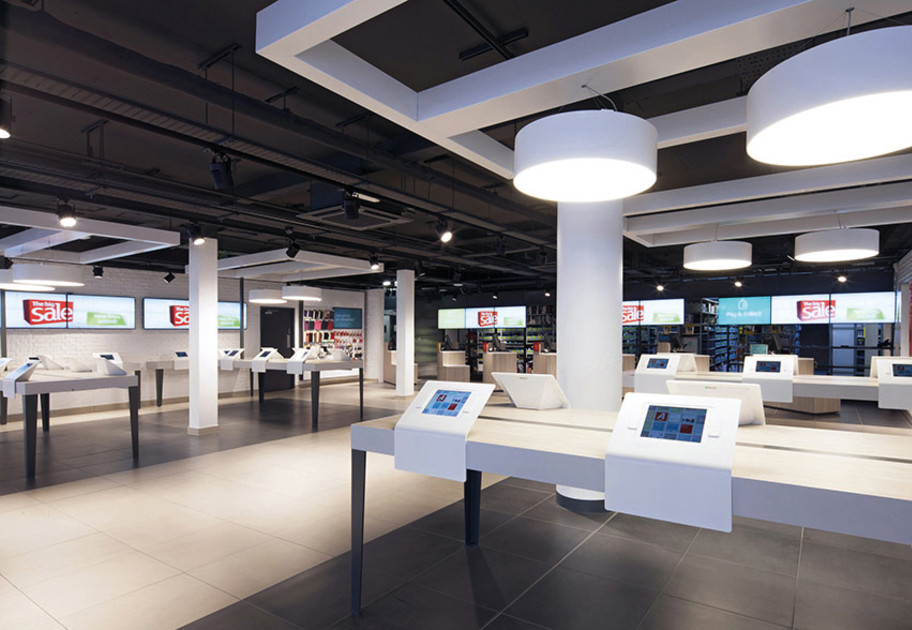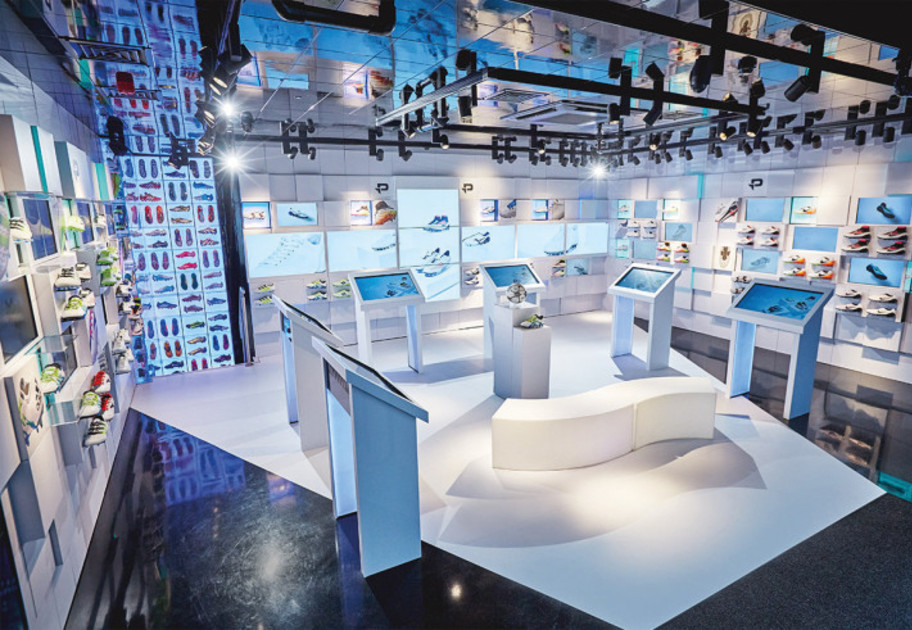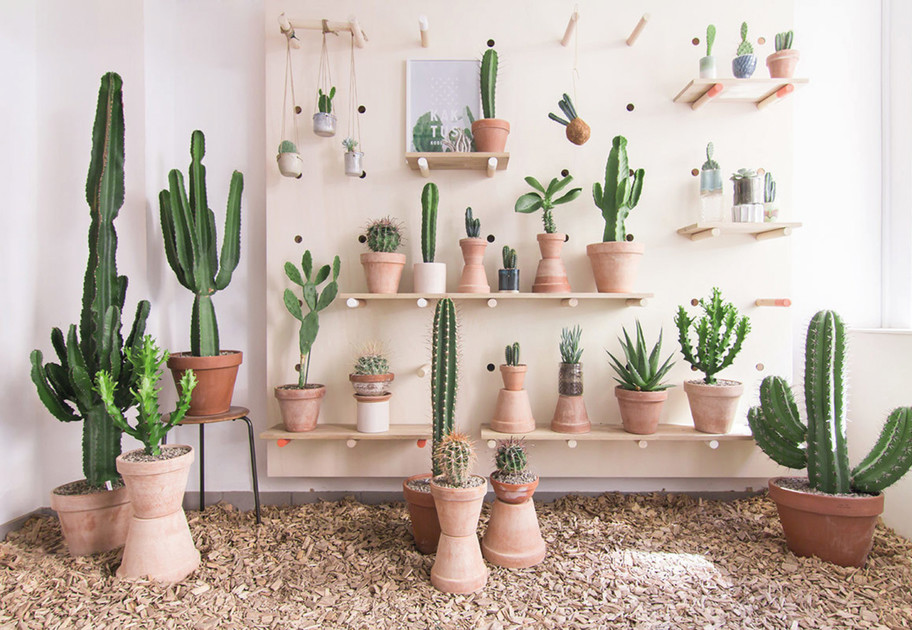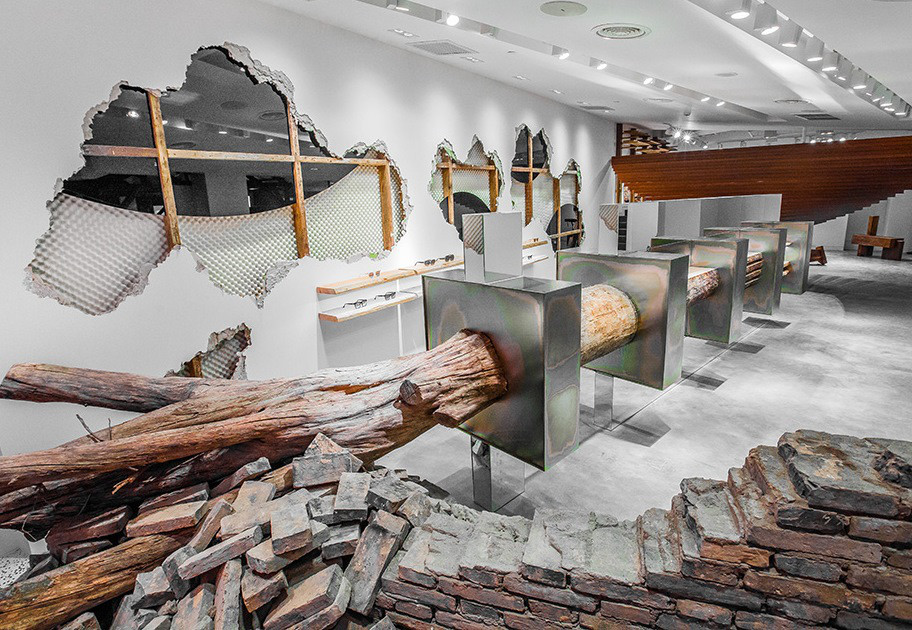This creates completely frictionless shopping ecosystems that are able to look after all our shopping needs.
The biggest pioneer in this area has to be Amazon. With its Bookstores, Go concept, Prime services and subscriptions, Prime Air drone delivery, Dash button and Echo, this company – particularly in combination with its incredibly smart big data and AI applications – is the one to watch.
4. The power of the niche
Blossoming in the shadows of the gigantic retail behemoths is a countermovement: that of the niche retail. Unique small concepts that go for extreme specialisation or one-of-a-kind exclusivity.
Take a look at the secretive World of Niché in New York (according to insiders linked to the equally singular Kith NYC). This sneaker store can be visited by appointment only, offers just 3 models in extremely limited editions and customers never know beforehand what the sneakers look like or even what they cost. Taking pictures is strictly prohibited!
On the other side, “niche” can also mean an extreme specialisation: the focus on one single product (type), like Kaktus København: a super-trendy store that sells nothing else but cacti. Niche stores are meeting an ever-growing need for small-scale retail and unique discoveries.
5. Hyper local // Glocal
Following on from the niche focus, there’s the focus on an extremely small catchment area to create maximum local relevance, preferably in combination with the local hero concept. Global brands such as Aesop and Camper give every new store a completely different appearance focused on the local environment and preferably designed by local architects. The humbly sized city garden centres Wildernis (Amsterdam) and STEK (Rotterdam) tailor their product range specifically to the demographics and living conditions of the local community (apartments with balconies), while Korean convenience store GS25 has cleverly tweaked its 1+1 formula to cater for the local target market of single-person households. More on this in Paragraph 6: “On the shop floor”.
6. Subscription services
An interesting combination of convenience and surprise are the popular subscription services. Still mostly known from innovative food delivery boxes like HelloFresh or the make-up box Birchbox, we can see this form of retail really taking off as soon as other, more day-to-day products, also start being offered: from cat litter to razor blades and from coffee capsules to nappies.
Can the consumer save time and/or money? And is it a product group that doesn’t fall inside the cluster of retail concepts shoppers enjoy spending their time on? Then get used to the idea of a (monthly) box service being delivered in the very near future. Especially now with the launch of Amazon Subscribe & Save.
7. Market places
There’s no way around it: online market places (Amazon, Alibaba, eBay, Etsy) are here to stay. Bol.com once started out as an online electronics store and bookstore, but now sells an impressive 25% of its range through its own market place, and this share is expected to rise up to 50% in the coming years.
Contemporary market places will be gaining popularity offline too, for example through blurring concepts where several shops come together to work under one roof.
8. True to the craft
Makeries and craftsmanship are also making a comeback to the shopping streetscape. From complete (end) production and assembly to customisation and repair. Read Rene Spaanderman’s column and the Retail Bite about Nixon for more about this trend.
9. Pop-up
A concept that popped up during the economic crisis when empty, expensive retail floor space needed to be temporarily filled, the pop-up store is gradually reaching maturity. Whether it’s retailers wanting to briefly explore new territories, brands aiming to add strength to their name through short-term retail visibility or the launch or quick exposure of a new product, pop-up retail won’t be leaving our streets any time soon.
The bottom line
New retail times call for new retail concepts. In the coming years, the focus will be on “experiental retail”, unique experiences that make sure that we, the shoppers, want to spend time and money. There’s also the strong growth of time & money saving concepts, which aim at making our lives easier and cheaper. The third concept is the increasing dominance of shopping ecosystems, like Amazon. Stuck somewhere in between? That’s not where you want to be. Build your concept around a well-thought-out mix of efficiency, expertise and experience and you’ve laid the foundations for a powerful retail formula.
.png?width=641&height=253&name=Kega%20logo%20(white%20bg).png)




